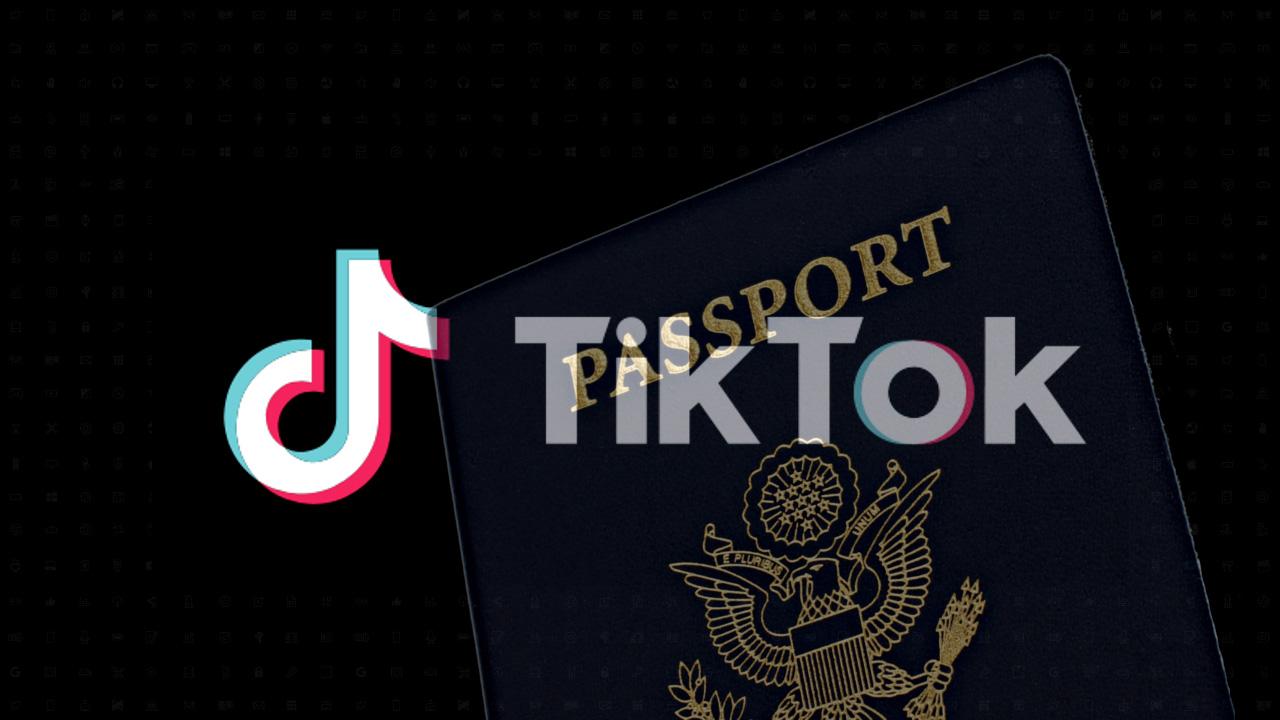Orcas imitate human speech
There will be news tomorrow as Israel finalizes its ceasefire deal with Hamas. In the meantime, let’s hear a story about how orcas can imitate human speech. Apparently this horrifies some people, but I think it’s cool. The story comes from an entertainment newsite, vt.com, and here’s an excerpt: (it’s from 2018 but I bet … Continue reading Orcas imitate human speech

There will be news tomorrow as Israel finalizes its ceasefire deal with Hamas. In the meantime, let’s hear a story about how orcas can imitate human speech. Apparently this horrifies some people, but I think it’s cool.
The story comes from an entertainment newsite, vt.com, and here’s an excerpt: (it’s from 2018 but I bet you didn’t know this):
Killer whales, the largest dolphin species and apex predators, possess remarkable intelligence, including the ability to mimic human speech.
This discovery was made by a team of researchers from Germany, Spain, the UK, and Chile, who conducted a study into the vocal capabilities of orcas and published their findings in the journal, Proceedings of the Royal Society B: Biological Sciences, in 2018.
“We wanted to see how flexible a killer whale can be in copying sounds,” Josep Call, professor in evolutionary origins of mind at the University of St Andrews and study co-author, told The Guardian.
“We thought what would be really convincing is to present them with something that is not in their repertoire – and in this case ‘hello’ [is] not what a killer whale would say,” he added.
The team trained Wikie, a 14-year-old female orca living in an aquarium in France, to copy three sounds made by her three-year-old calf, and then tested her ability to imitate five unfamiliar orca sounds.
Wikie was then exposed to three orca sounds and six human sounds, including the words “hello,” “Amy,” “ah ha,” “one, two,” and “bye-bye”.
The team was amazed to discover that the orca was able to quickly replicate the sounds, successfully mimicking two on the very first attempt.
Here’s Wikie in a news story. It’s pretty amazing. Orcas live in pods that are matrilineal, and each pod has its own repertoire of sounds culturally inherited over many generations, and coming from mom.
More:
Recordings of Wikie’s attempts to mimic human speech have been released on social media, with some listeners finding them “terrifying”.
One user said: “This is as terrifying as it is hilarious,” while another quipped: “Ok, that second hello was a little demonic. Was that really an orca, or the Devil speaking through a ghost box LOL The funniest and scariest thing EVER!”
“Now I’m scared,” a third wrote, and a fourth added: “OK that’s the creepiest f’ing thing I’ve ever heard.”
However, others were amazed at the orca’s ability. “That’s genuinely amazing,” one person said. “These giants are much smarter than we think….amazing,” a second chimed in.
“Certainly a momentous occasion discovering another mammal that can enunciate human language. This could be significant given the high level of intelligence orcas have?” someone else shared.
Some of the “scary” noises. They’re not as good as parrots or crows, but they’re discernible. The abilities to imitate are probably evolved as a cohesion mechanism for pods, but what their pod-specific noises are learned. In that way it’s just like human language.
Here’s the Proceedings of the Royal Society article (click for free access). I’ve put the abstract below along with what was known about vocal imitation in orcas and in other species as well.
Abstract
Vocal imitation is a hallmark of human spoken language, which, along with other advanced cognitive skills, has fuelled the evolution of human culture. Comparative evidence has revealed that although the ability to copy sounds from conspecifics is mostly uniquely human among primates, a few distantly related taxa of birds and mammals have also independently evolved this capacity. Remarkably, field observations of killer whales have documented the existence of group-differentiated vocal dialects that are often referred to as traditions or cultures and are hypothesized to be acquired non-genetically. Here we use a do-as-I-do paradigm to study the abilities of a killer whale to imitate novel sounds uttered by conspecific (vocal imitative learning) and human models (vocal mimicry). We found that the subject made recognizable copies of all familiar and novel conspecific and human sounds tested and did so relatively quickly (most during the first 10 trials and three in the first attempt). Our results lend support to the hypothesis that the vocal variants observed in natural populations of this species can be socially learned by imitation. The capacity for vocal imitation shown in this study may scaffold the natural vocal traditions of killer whales in the wild.
And what was known anecdotally:
Elucidating the precise mechanism of social learning involved is difficult, however, particularly for acoustic communication in wild populations. Although killer whales are capable of learning novel motor actions from conspecifics through imitation , the experimental evidence for vocal production learning is still scarce in this species. There are reports of killer whales in the field and in captive settings suggesting that they can copy novel calls from conspecifics, and even from heterospecifics such as bottlenose dolphins or sea lions. One Icelandic female was found to match novel calls from a Northern Resident female with whom she had been housed together for several years. Two juvenile killer whales, separated from their natal pods, were observed to mimic the barks of sea lions in a field study . Crance et al. [and Musser et al. took advantage of two unplanned cross-socializing experimental situations to show that two juvenile males learned novel calls from an unrelated but socially close adult male, and three individuals learned novel whistles from a dolphin, respectively.
However, as suggestive as these reports are, the lack of experimental controls curtails the interpretation about the underlying acquisition mechanisms. Experimental data are needed to ascertain whether vocal learning is a plausible mechanism underlying the complexity of vocal traditions in wild killer whales. However, to the best of our knowledge, not even anecdotal reports exist about killer whales spontaneously mimicking human speech similar to those reported in some birds (e.g. parrots, mynahs) and mammals (elephants, seals, belugas ).
Elephants can miic human speech? Here’s one elephant in Korea who can:




































/cdn.vox-cdn.com/uploads/chorus_asset/file/24435316/STK150_Bing_AI_Chatbot_02.jpg)










![United Passenger’s Upgrade Mishap Sparks Seat Loss—Here’s the Critical Step to Avoid It [Roundup]](https://viewfromthewing.com/wp-content/uploads/2018/09/20170607_112204.jpg?#)




























